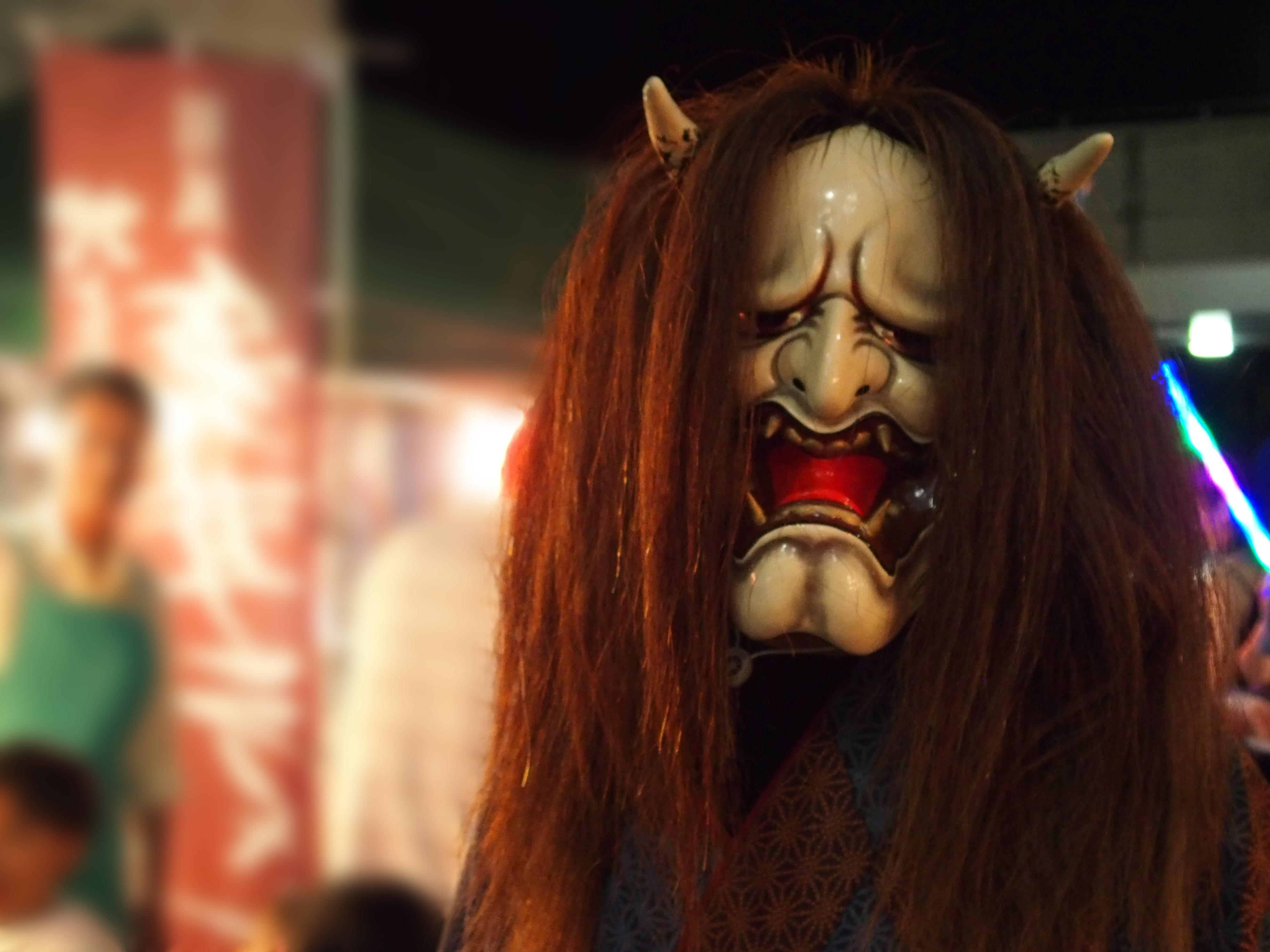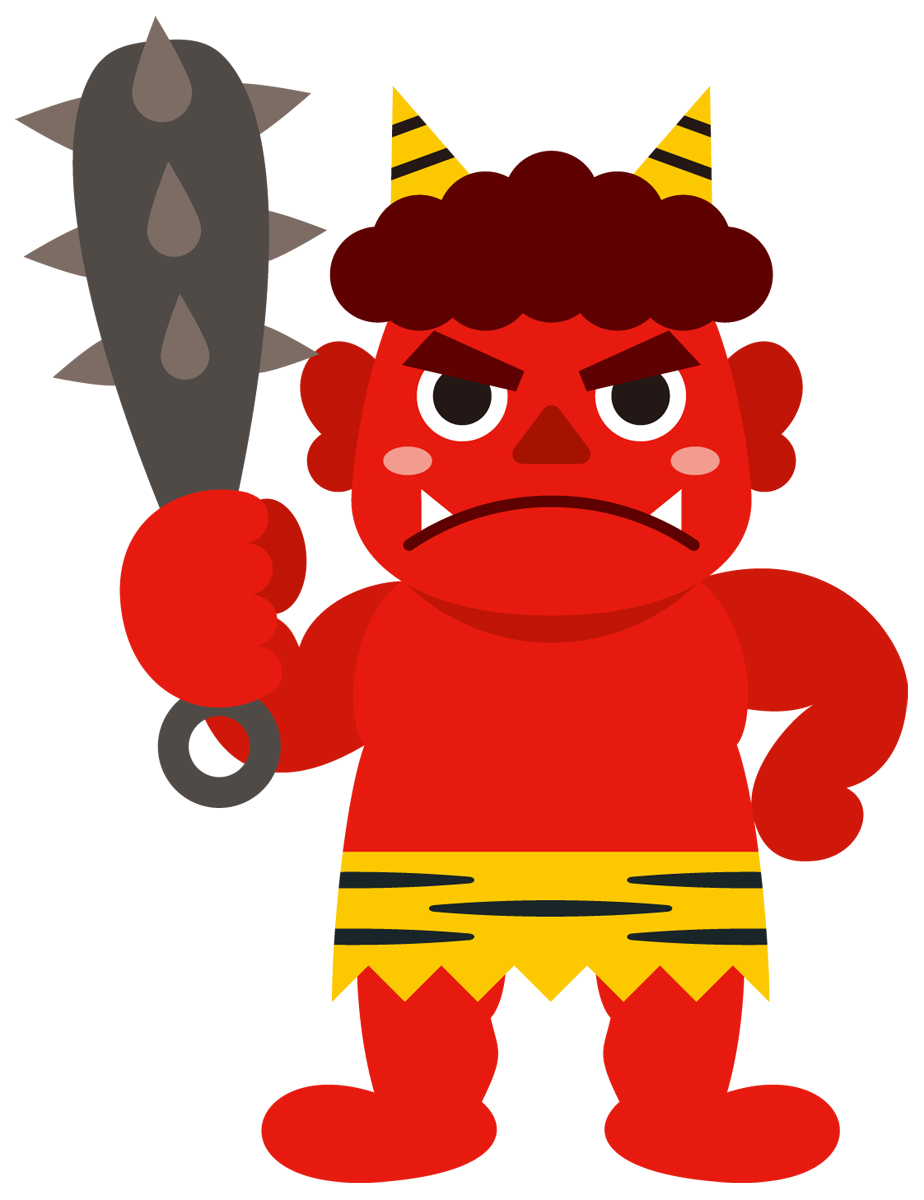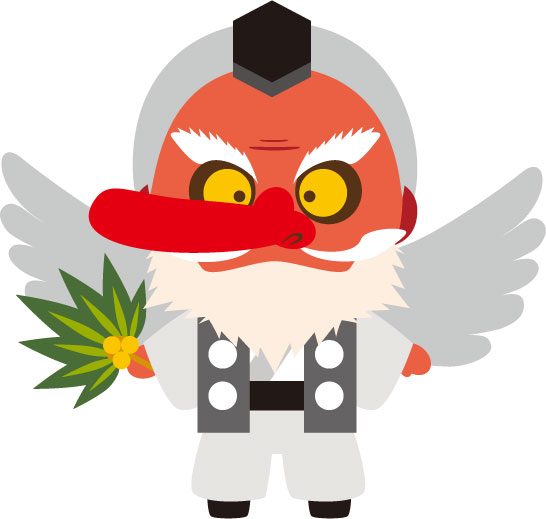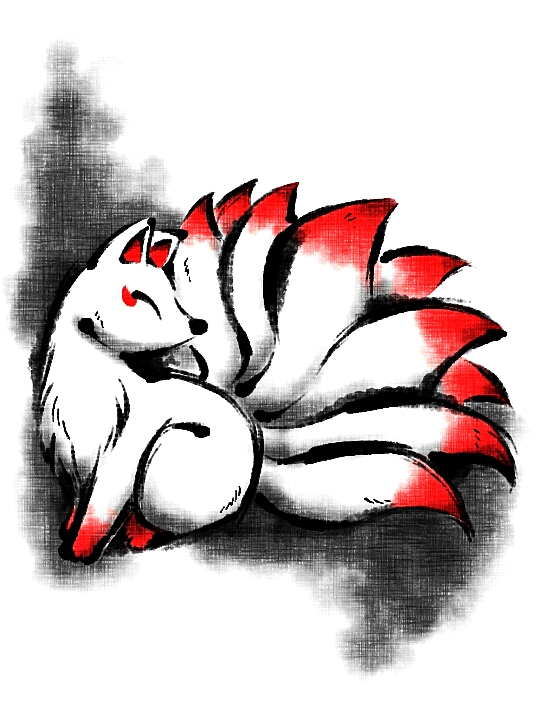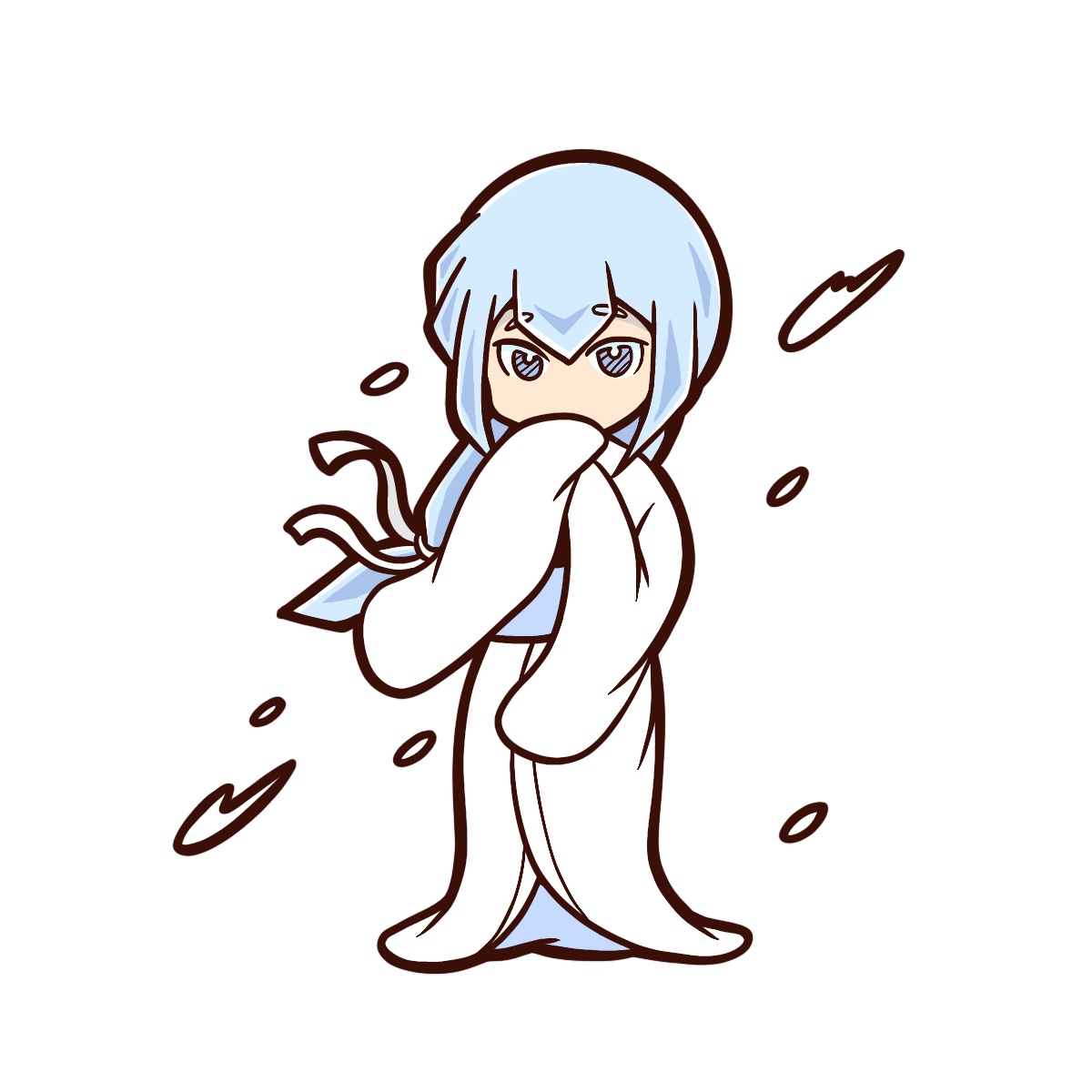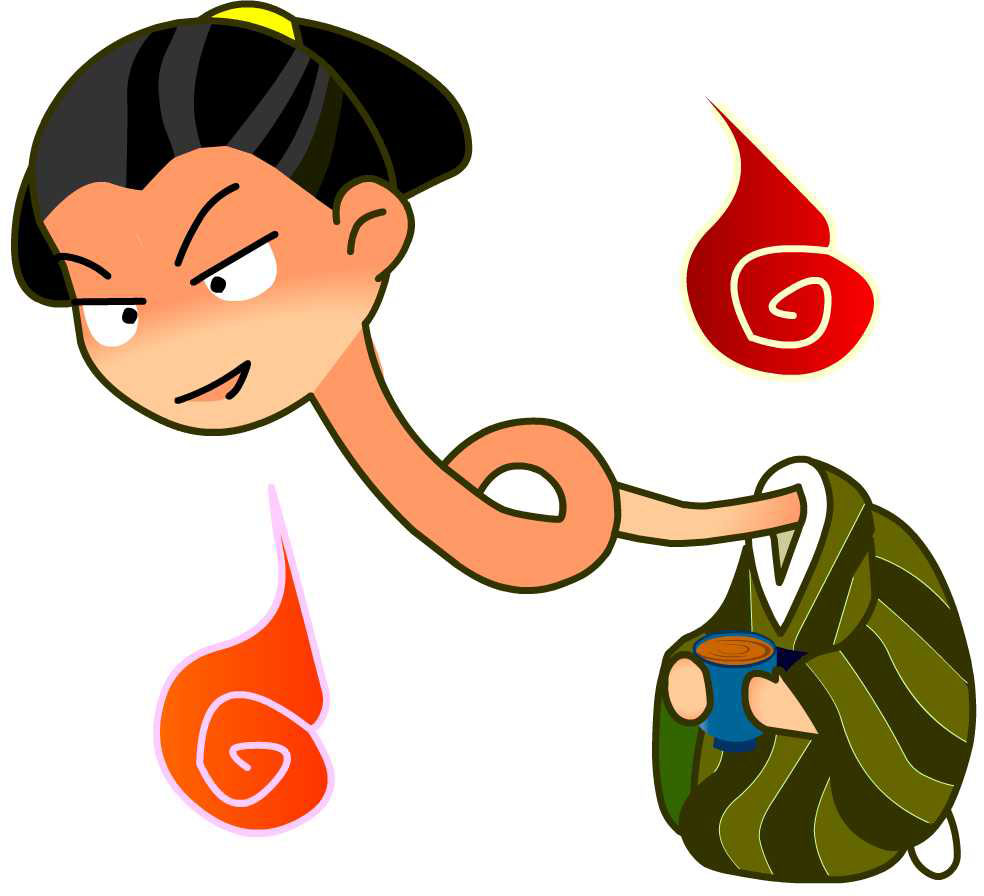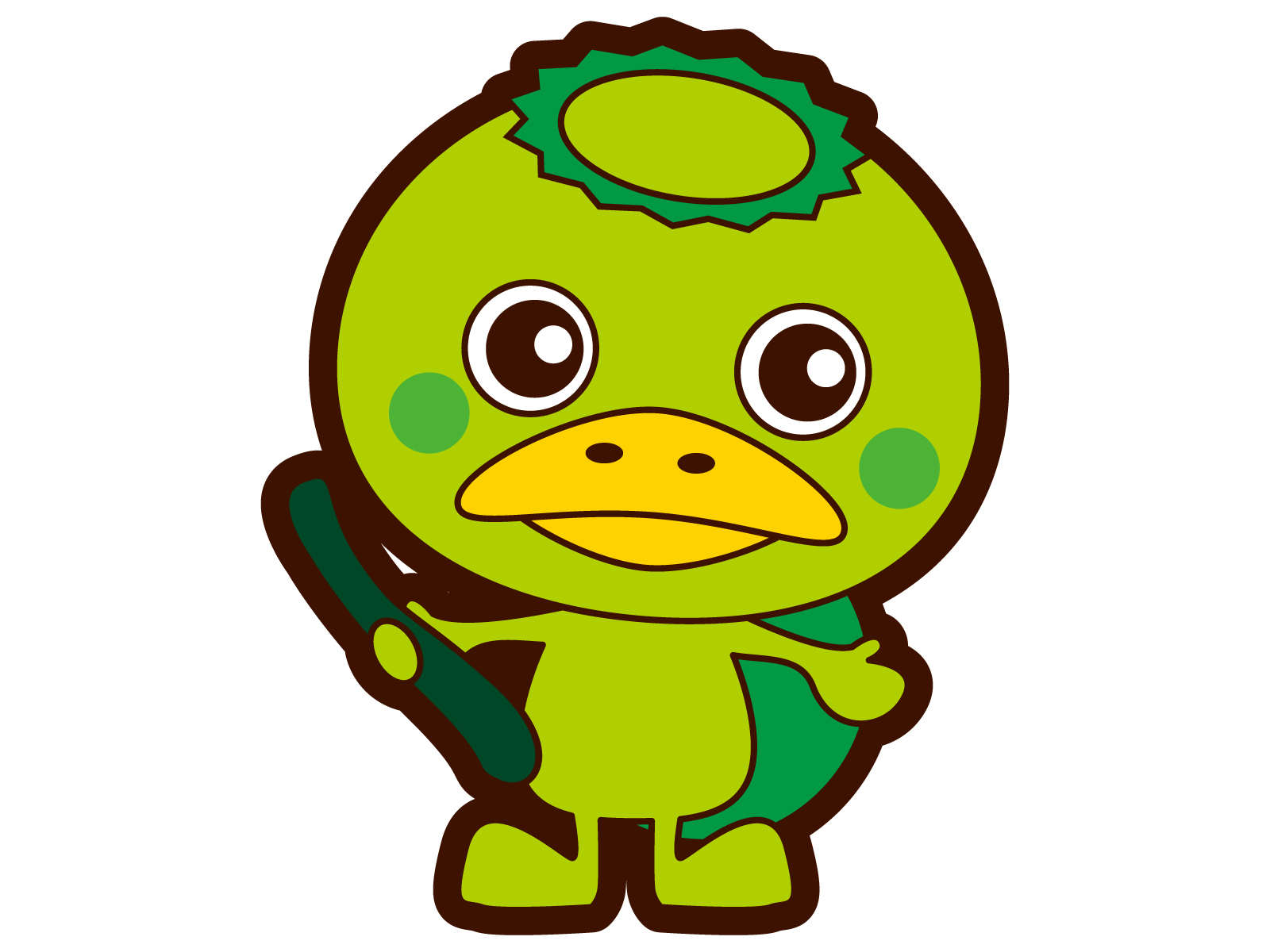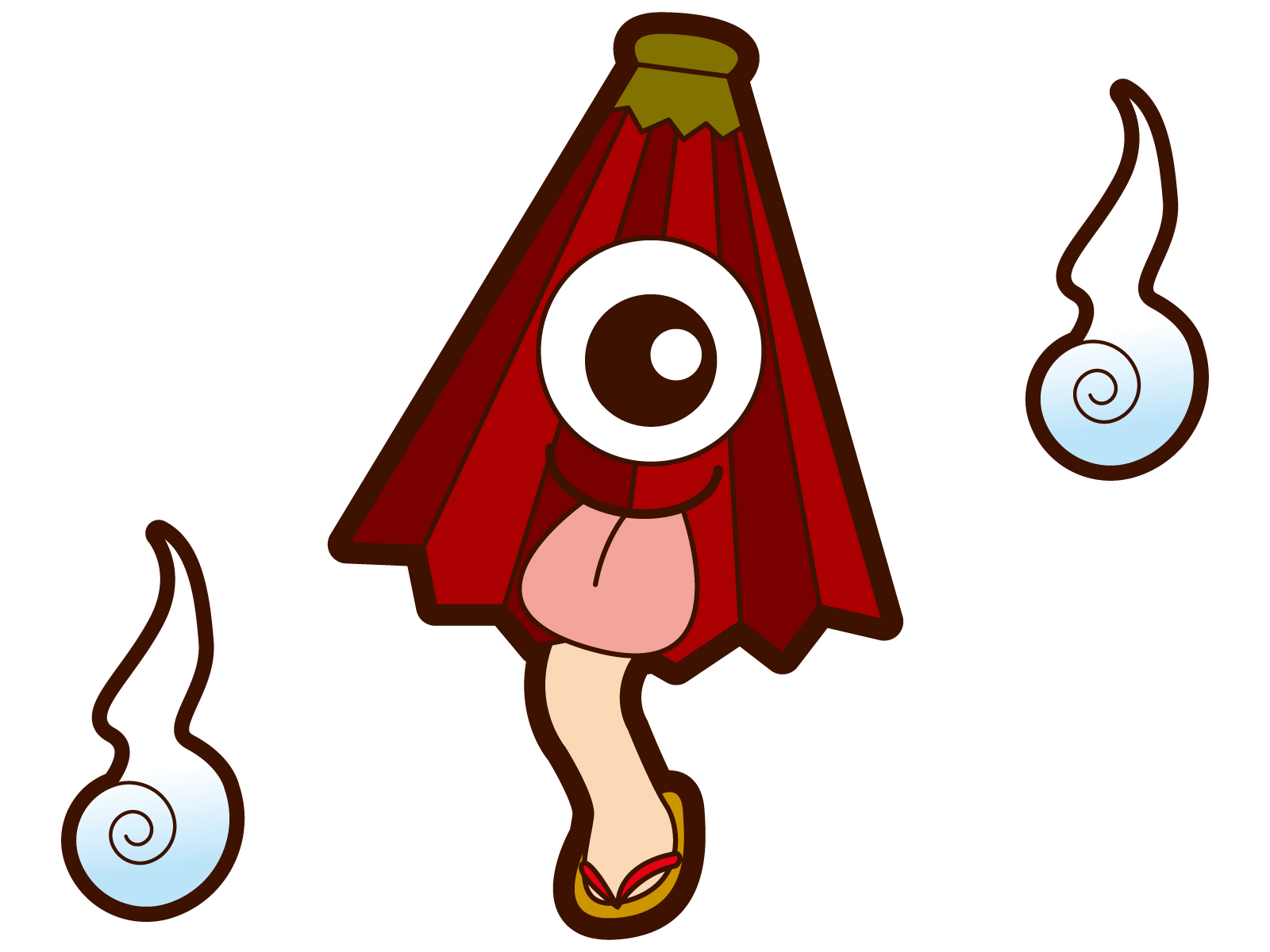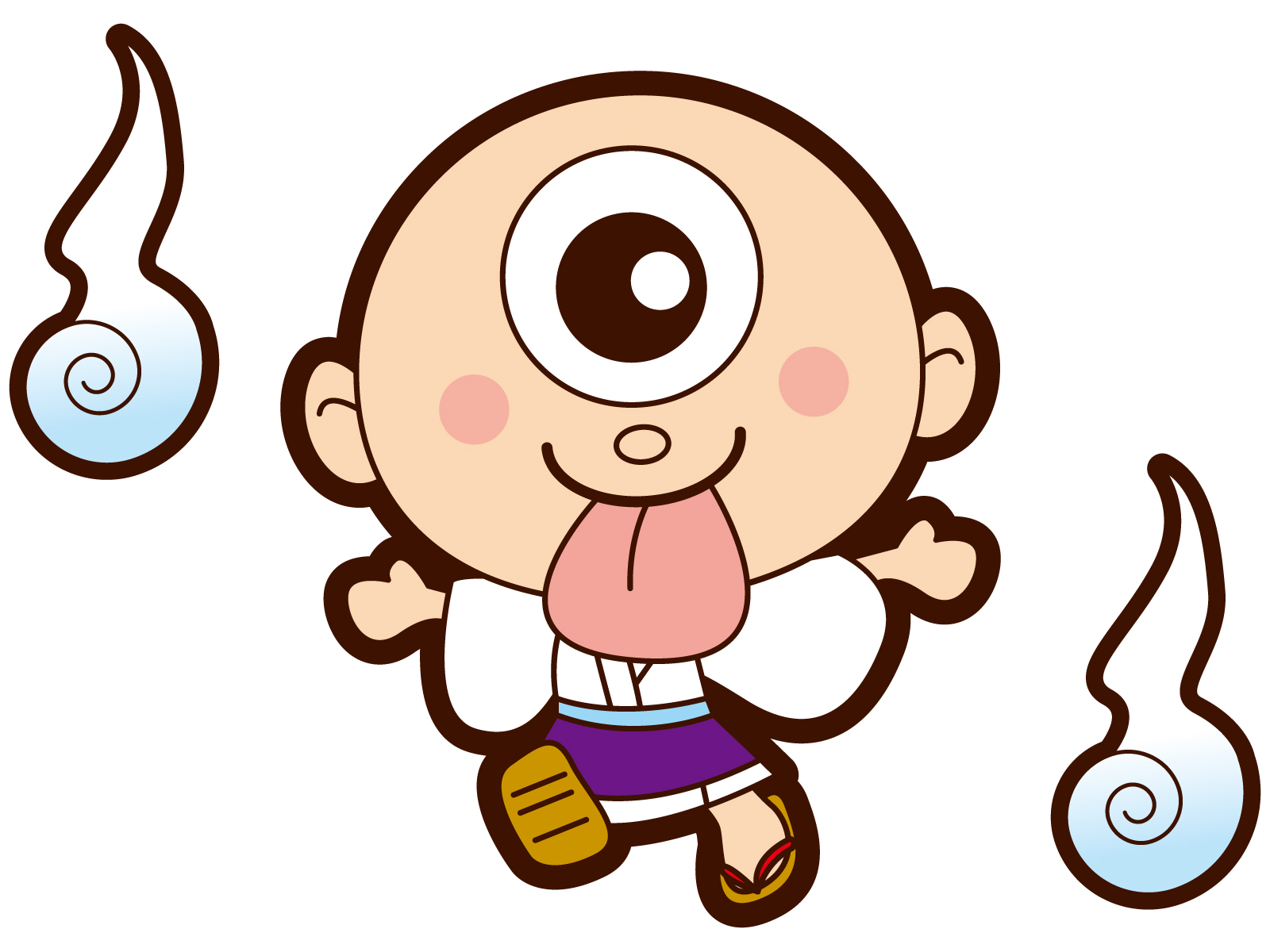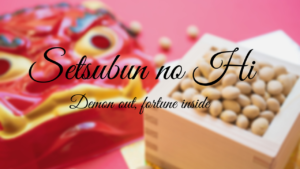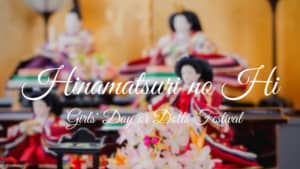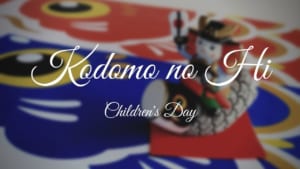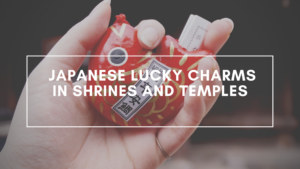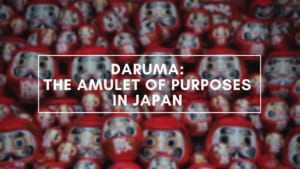Yokai: The Japanese Folklore Monsters
From terrifying ogre to friendly one-eye umbrellas, the most popular Japanese monsters
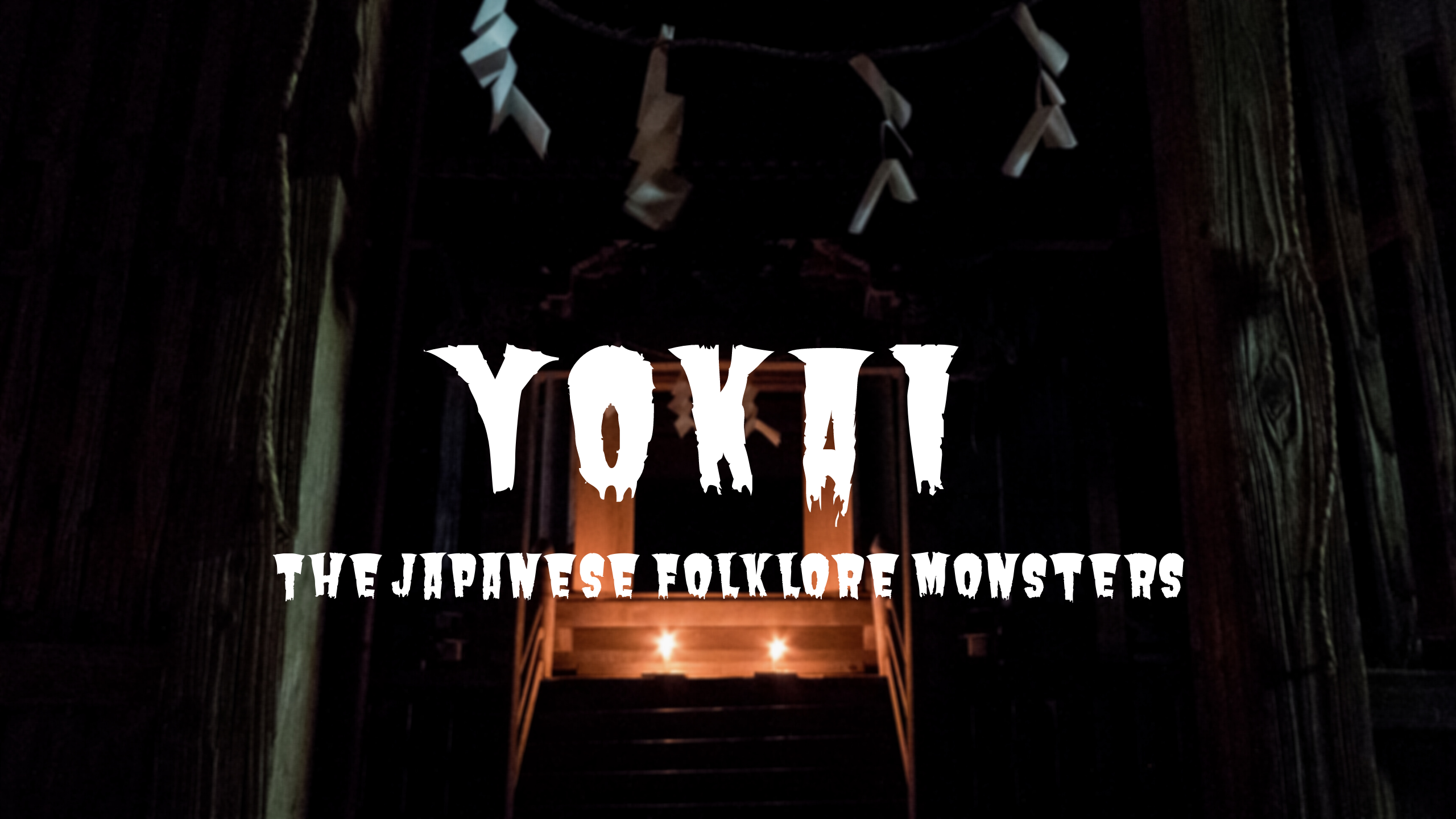
Since the beginning of time, in all cultures, humans have sought answers to those questions that they don’t understand and are beyond their control. Be it in the form of gods, fantastic creatures or ghosts. Greek, Egyptian or Viking mythologies are good examples of this.
In Japan this role is fulfilled by gods and yokai, the monsters and ghosts that inhabit the Japanese archipelago. It’s commonly believed that the yokai are gods fallen into oblivion and misery, being dragged by corruption when people stopped venerating them. But while the gods are usually related to good things, the yokai are mainly related to bad or terrifying things. Although as we will see below some are quite harmless.
Depending on the time and place these yokai may vary. For example Okinawa and Hokkaido have some folklore of their own, in addition to the common one. Also because historically in these two places they have had their own indigenous ethnic groups, like the Ainu in Hokkaido. Other yokai have fallen into oblivion as some natural events found their own explanation in science, and some other yokai appeared later.
Japan is known to the Japanese as “The Land of the Gods” as they believe it was chosen by the gods (this is related to Shintoism). In Japan, therefore, there are many gods, also due to the way that Shintoism understands nature. This would be quite long to explain so I’m going to skip it and maybe we can talk about this later in another article. For the moment just keep in mind that in Japan they’re hundreds of gods and yokai.
In this post I want to show you some of the most popular and well-known yokai. Are u ready? Let’s go!
ONI (鬼) Ogre
Oni are the most terrifying and feared yokai in the Japanese pantheon. They’re strong, violent and enjoy eating or torturing humans. They’re described as huge beings, with red (or blue) skin, fangs and horns. Also, they always carry an iron mace, usually covered in nails. They are dressed only in tiger shorts. From our western vision, they would be regarded as devils or demons. They’re above all other yokai.
In February there is a festival called Setsubun linked to the belief that ogres appear in the world of the living with the change from winter to spring.
TENGU (天狗) Heavenly sentinel
The Tengu are half-human, half-bird beings, and that is why they were formerly represented with beaks. But with the passing of time the beak was replaced by a long nose. They’re usually represented in red and a bit terrifying. Although they used to be linked to war, today they’re more identified as protective spirits of the mountains and forests.
KITSUNE (狐) Fox
Foxes are normally seen as messengers of the gods and are related to Inari, the god of good harvests. However, there’s another type of fox, called “wild fox”, linked to the world of the yokai. This evil fox has the power to transmit deadly diseases and possess people. This last quality is what gives rise to its most widespread legend. This yokai is said to dress up as beautiful young women to seduce and deceive men. According to popular belief there are two ways in which they can be discovered: if a dog approaches them or by their reflection on a surface with water.
YUKI ONNA (雪女) Snow Woman
The snow woman is probably one of the best known, because she’s a frequent resource in anime, movies or video games. It also exists in various cultures, in all those countries with heavy snowfall. Traditionally she appears on winter nights when it snows heavily, especially when it is full moon. She’s described as a beautiful woman with long black hair, white skin, and blue lips. She wears a white kimono.
ROKUROKUBI (轆轤首) Pulley neck
It’s a yokai that always appears at night, and as its name indicates, its most characteristic feature is its long neck, which can be extended or shortened at will. It’s usually described as a woman in a kimono lying on a futon. Probably for this reason in the Edo era this yokai was associated with women who worked in the neighborhoods of pleasure. One of the most widespread legends about the rokurokubi is the one that began to spread in the late eighteenth century about a very beautiful young woman who worked in a tea house. At night, this girl was said to sneak her neck into the clients’ rooms to suck the oil from the paper lamps.
KAPPA (河童) Little rascal from the river
The kappa are other of the yokai with more popularity in Japan. It lives in places where fresh water accumulates, such as rivers or ponds. It’s described as an amphibian or turtle with humanoid features. The most accepted description is that of a viscous child-like creature with a shell and an interdigital membrane on the hands and feet. They’re said to be ancient gods of rivers and lakes that have fallen into oblivion and become weaker as humans learned to master the force of water.
KARAKASAKOZOU (からかさ小僧) Umbrella monster
Within the yokai there is what is known as Tsukumogami: yokai that settle in artifacts that are too old or were abandoned by their owners, coming this way to life. Among this type of yokai the best known in anime and series is the friendly Karakasakozou: an old umbrella that turns into a yokai at the age of 100. The umbrella handle becomes its only leg and it jumps with that one leg. In addition, two arms grow, as well as an eye and a long tongue.
HITOTSUME-KOZOU (一つ目小僧) Little monk with one eye
Yokai Hitotsume-kozo are harmless yokais who adore silence and surprising people. Its appearance is that of a small monk, a single giant eye in the center of the face and a long red tongue. Their harmless nature has caused them to often be portrayed in a tender or humorous way.
I hope you enjoyed my list! What is your favorite yokai?? If you are interested in Japanese folklore and interesting cultural things, this articles are gonna like you too!
▽ Related Articles ▽
▼Editor’s Picks▼
Written by
From Barcelona to Tokyo. Coffee & Adventure lover.
I started to like Japan because of the anime, music and dramas, but after my first trip to the country I found what I love the most: traveling around, the culture and history. I have travelled a lot in Japan, but I still have many places to discover that I want to share with you. Let’s discover Japan together!
Also, as a foreigner living in Japan for over 6 years I understand what kind of things are difficult when you move here and I want to help other people in the same situation that I have in the past.





